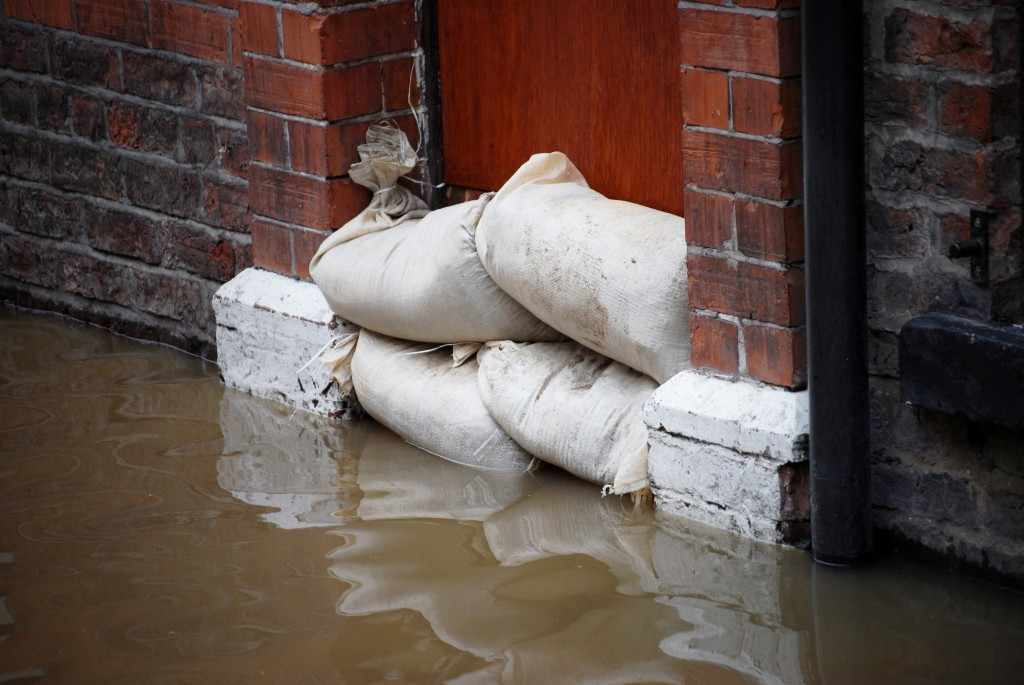-
Featured News
Be Safe When Cleaning After Flooding
 Flooding has ravaged multiple regions of the U.S., causing extensive damage. As the nation recovers from this flooding, Mayo Clinic Health System physicians have several health-related tips to keep in mind.
Flooding has ravaged multiple regions of the U.S., causing extensive damage. As the nation recovers from this flooding, Mayo Clinic Health System physicians have several health-related tips to keep in mind.
Floodwater may be contaminated, but it’s unlikely that simple skin contact will make you sick ─ even if raw sewage is visible. However, swallowing floodwater or anything that’s been contaminated could make you sick. Check with a physician or your local public health office if you show signs of illness (e.g., fatigue, nausea, swelling, fever, etc.).
To keep children safe, don’t allow them to play in or near floodwater, or in areas recently flooded. Also:
- Make sure your child’s hands are washed frequently, especially before meals.
- Disinfect toys that may be contaminated by washing them with a solution of 2 ounces of bleach in 1 gallon of water.
- Discard any soft toys that may be contaminated. Young children may put these items into their mouths.
Regarding food supplies, try to keep refrigerators close to 41 degrees Fahrenheit. If your power is lost, a refrigerator will keep food cool for four to six hours if left unopened. In addition:
- Keep frozen food from thawing. Without power and left unopened, your freezer will keep food frozen for one day at half capacity and up to two days at full capacity.
- Commercially canned foods in good condition are safe if you remove the labels. Wash the sealed can with warm water and detergent, and then disinfect it using a solution of 1 tablespoon bleach to 1 gallon clean water. Relabel the cans, so you know what’s inside.
- Destroy canned goods if the can surface is badly rusted, pitted, swollen, leaking, creased or dented at the rims and seals.
- Rigid plastic containers without a screw top are safe if they aren’t defective; haven’t been submerged in water or other liquids; and if any soil can be removed, and the closure has no soil, rust or dents.
- Discard foods that have come in contact with floodwater that are prepacked in paper, boxes, glass jars with screw tops or other non-waterproof packages
- If in doubt, throw it out.
Other health issues you should keep in mind include:
| Water |
|
| Mold |
|
| Tetanus |
|
| Wounds |
|
Lastly, pace yourself, and get support. Be alert to physical and emotional exhaustion or strain. Set priorities for cleanup tasks, work with others and stay rested. Ask your family members, friends or professionals for support, if needed.







